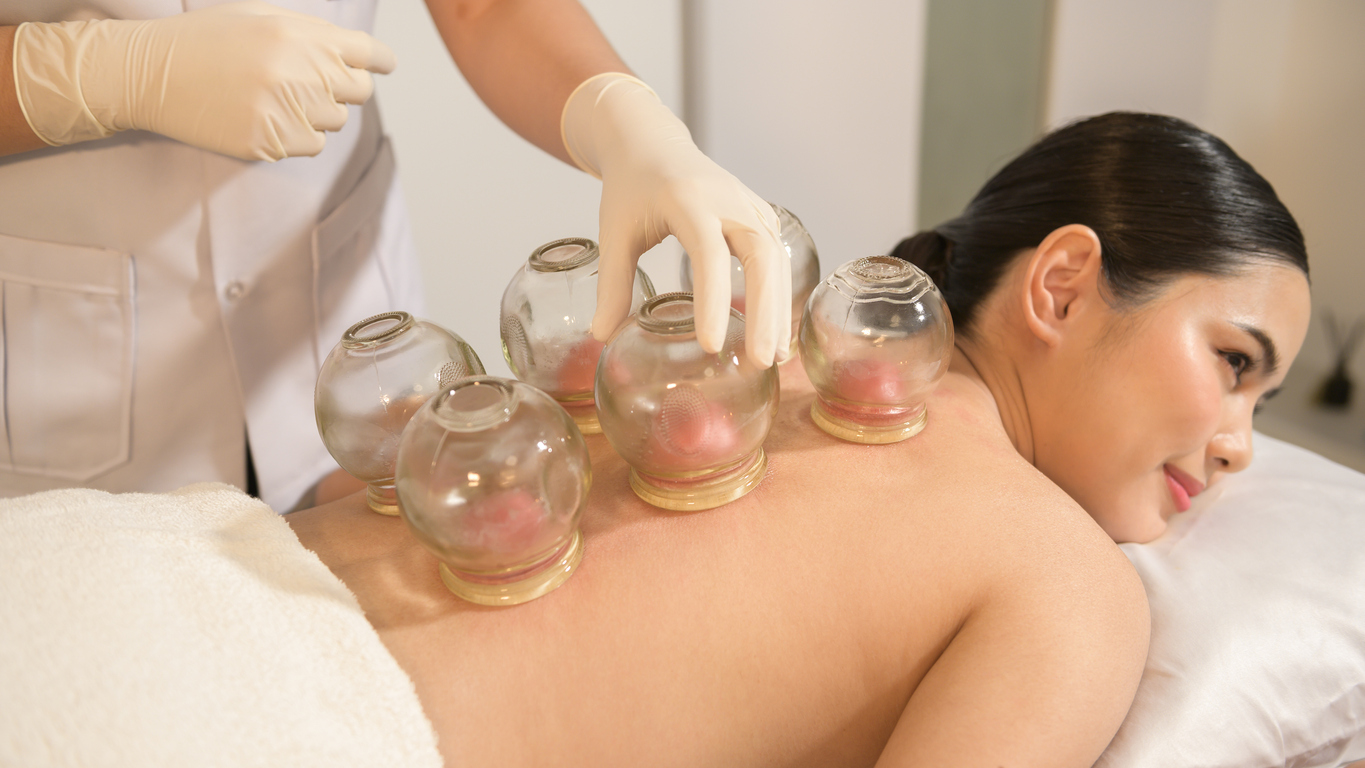
Hijama cupping therapy is an ancient practice that involves creating suction on the skin using cups. This technique is believed to help improve circulation, remove impurities, and promote overall well-being. It has been used for centuries to address various health concerns, including issues related to hair loss and scalp health.
How Does Hijama Work?
Hijama Dubai works by drawing stagnant blood and toxins from the body through small incisions on the skin. The suction created by the cups encourages fresh blood flow to the targeted area. This increased circulation is thought to enhance cellular regeneration and oxygen supply, which can be beneficial for hair follicles.
The Connection Between Hijama and Hair Growth:
Can Hijama Improve Scalp Health?
A healthy scalp is essential for strong and thick hair. Hijama therapy is believed to stimulate blood circulation in the scalp, which may provide better oxygen and nutrient supply to the hair follicles. This enhanced nourishment can create a favorable environment for hair growth.
The Role of Circulation in Hair Regrowth:
Poor blood circulation can lead to weakened hair follicles, making them more prone to hair thinning and shedding. Since Hijama therapy encourages better blood flow, it is thought to revitalize dormant hair follicles and promote regrowth.
Key Benefits of Hijama for Hair Growth:
Strengthening Hair Follicles:
By increasing blood flow and oxygen supply to the scalp, Hijama may help strengthen hair follicles. This could lead to reduced hair breakage and an improvement in hair texture over time.
Detoxification and Scalp Cleansing:
Hijama therapy is believed to aid in the removal of toxins from the body. When applied to the scalp, it may help clear out impurities that can clog hair follicles, potentially improving hair growth conditions.
Stress Reduction and Hair Health:
Stress is a significant contributor to hair loss. Hijama is thought to have a calming effect on the body, promoting relaxation and reducing stress levels. By addressing stress-related hair concerns, it may contribute to healthier hair growth.
How Hijama is Performed for Hair Growth:
The Process of Scalp Hijama:
Hijama therapy for hair growth involves applying suction cups to specific areas of the scalp. Small incisions may be made to facilitate the removal of stagnant blood. The process is carried out carefully to avoid excessive discomfort.
Frequency of Hijama Sessions:
The number of sessions required varies based on individual needs. Regular sessions may be suggested to achieve optimal results, depending on the condition of the scalp and hair follicles.
Factors That Influence Hair Growth Results:
Individual Hair Growth Cycles:
Hair grows in cycles, and the effectiveness of Hijama therapy may vary depending on the phase of the hair growth cycle. Consistency and patience are essential when assessing results.
Overall Health and Lifestyle:
General health plays a crucial role in hair growth. Factors such as diet, hydration, and lifestyle choices can influence the effectiveness of Hijama in promoting hair regrowth.
Commitment to a Healthy Routine:
While Hijama may support hair regrowth, maintaining a healthy scalp care routine is important. A balanced lifestyle combined with consistent sessions may improve the likelihood of positive outcomes.
Common Misconceptions About Hijama and Hair Growth:
Instant Hair Regrowth Expectations:
Hair growth is a gradual process, and expecting immediate results from Hijama Cupping Therapy in Dubai may lead to disappointment. The benefits often become more noticeable over time with continued sessions.
Hijama as a Standalone Solution:
While Hijama may support hair regrowth, it is not the sole solution. Healthy habits such as proper hair care, a nutritious diet, and stress management also contribute to maintaining strong and healthy hair.
Conclusion:
Hijama cupping therapy is an ancient technique that is believed to offer various health benefits, including promoting better scalp circulation and hair growth. While it may support hair regrowth by improving blood flow and detoxifying the body, results can vary based on individual factors. Consistency and a holistic approach to overall wellness may enhance its effectiveness for those looking to improve their hair health through this traditional practice.